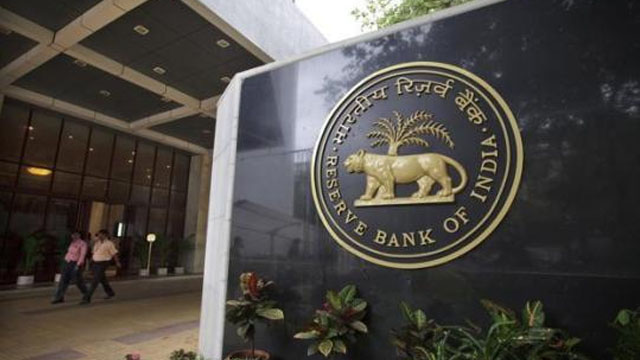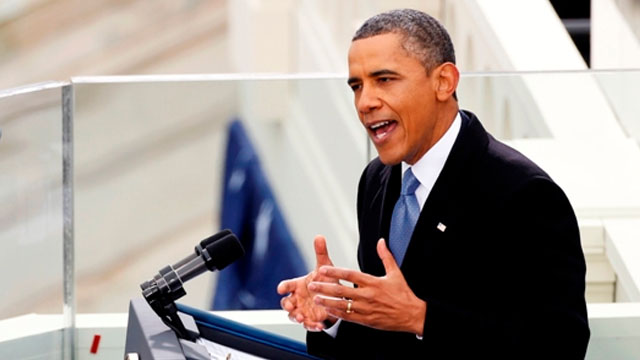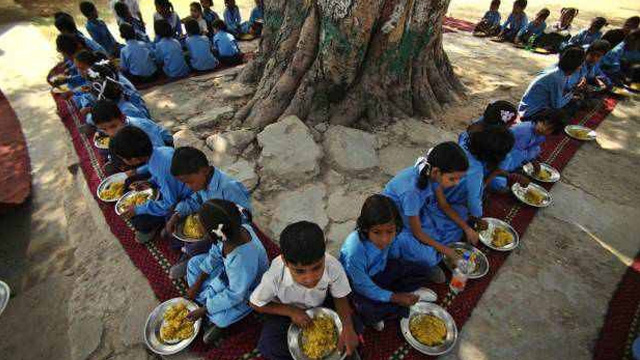The Reserve Bank of India (RBI) Tuesday hiked a key policy interest rate by 0.25 percent in less than two months to contain inflation, but eased some rupee support measures.
The Reserve Bank of India (RBI) Tuesday hiked a key policy interest rate by 0.25 percent in less than two months to contain inflation, but eased some rupee support measures. The move would make home, auto and other loans costlier.
In its second quarter review of the monetary policy for 2013-14, the RBI hiked repo rate by 25 basis points or 0.25 percent to 7.75 percent. Repurchase or repo rate is the rate of interest that banks pay when they borrow money from the central bank to meet their short-term funds requirement.
This is the second increase in the policy rate in less than two months. The central bank hiked the repo rate by 0.25 percent in its previous review announced Sep 20.
Rate sensitive stocks rallied following the RBI’s rate decision, leading to 359 points jump in the benchmark Sensex of the Bombay Stock Exchange. Snapping five sessions of losses, Sensex ended the day at 20,929.01 points, just 75 points away from its record closing high of 21,004 points hit in 2008.
Taking a cue from the stability in the currency markets, the RBI rolled back some of the measures put in place to support the rupee. The Marginal Standing Facility (MSF) rate is reduced by 0.25 percent to 8.75 percent. The move will ease liquidity in the banking system. MSF is a window for banks to borrow from the RBI.
“With the reduction of the MSF rate and the increase in the repo rate in this review, the process of re-aligning the interest rate corridor to normal monetary policy operations is now complete,” RBI Governor Raghuram G. Rajan said in the policy statement.
The RBI generally maintained a 100 basis points gap between repo and MSF rate. But this gap was altered recently to support the battered rupee. With the changes now the gap is back to the usual 100 basis points.
Rajan said the policy stance and measures in the review were intended to curb mounting inflationary pressures and manage inflation expectations in a situation of weak growth.
Annual wholesale price index-based inflation jumped to a seven-month-high of 6.46 percent in September, while consumer price index-based inflation was recorded at 9.84 percent, largely due to higher food and fuel prices.
Rajan, who took charge as the RBI governor Sep 4, said both wholesale and consumer price inflation are likely to remain elevated in the months ahead, warranting an appropriate policy response.
“The Reserve Bank will closely monitor inflation risk while being mindful of the evolving growth dynamics,” he said.
Rajan’s statement gives indication that the RBI would hike rates again if inflation remained high.
“The message from RBI is clear, as long as inflation is around, asking for a rate cut would remain a wish list,” said Rana Kapoor, president of industry body Assocham.
Kapoor, who is also managing director of Yes Bank, said: “All efforts must be made through coordinated efforts by the centre, states and the RBI to fight price rise so that the economy can be brought back to the growth trajectory.”
The RBI has cut economic growth forecast for the current financial year to 5 percent from its earlier projection of 5.5 percent.
“While industrial activity has weakened, strengthening export growth, signs of revival in some services along with the expected pick-up in agriculture could increase the real GDP growth from 4.4 percent in the first quarter to a central estimate of 5 percent for the year as a whole,” Rajan said.
Reacting to the RBI move, the Confederation of Indian Industry (CII) said the hike in repo rate has come as a disappointment to industry especially as the investment climate continues to be weak and growth outlook remains muted.
“The RBI could have refrained from effecting a hike in repo rate as industry is already reeling under pressures of high cost of capital and low availability in a tight liquidity situation,” CII said.





